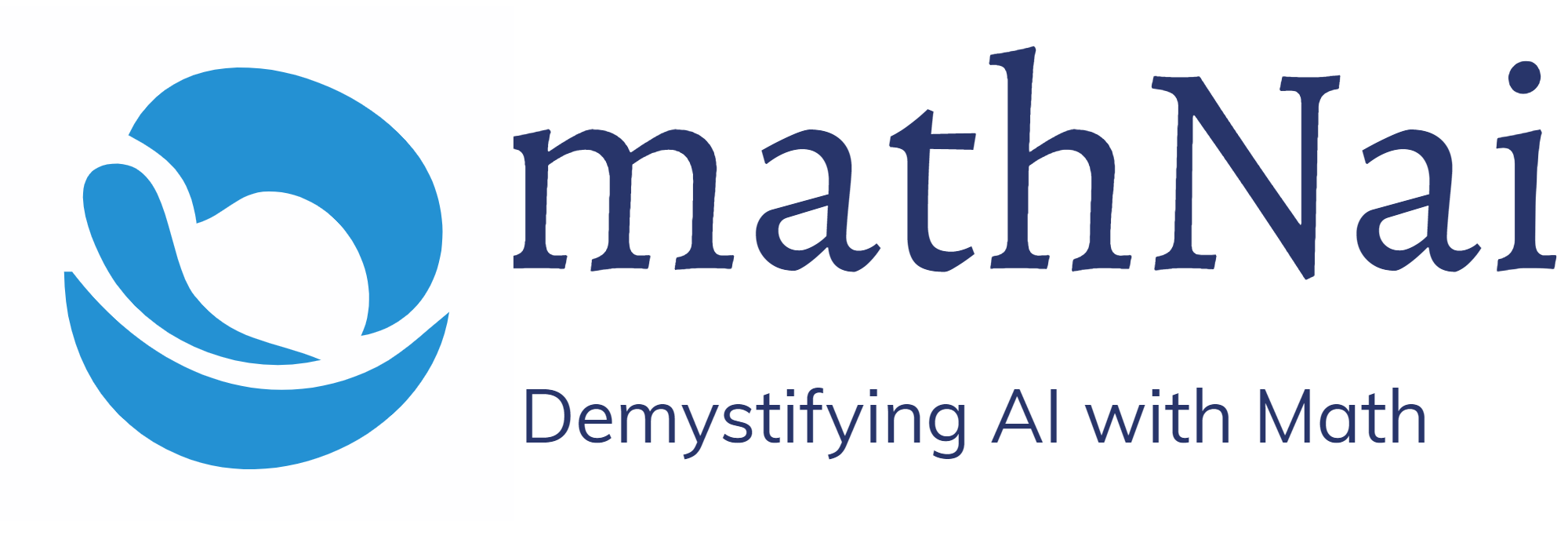PySpark is a powerful tool for working with large datasets and running distributed computing jobs. One of the key features of PySpark is its ml module, which provides a rich set of machine learning algorithms and tools.
Table of Contents
In PySpark’s ml module, there are two important concepts to understand: Estimators and Transformers.
Estimators
An Estimator is a machine learning algorithm that takes a dataset and produces a model. The Estimator is typically used in a two-step process: first, you use the Estimator to train a model on a training dataset, and then you use the model to make predictions on a test dataset.
In PySpark’s ml module, Estimators are implemented as classes that define the algorithm and the parameters that can be tuned. Estimators typically have a fit() method, which takes a DataFrame containing the training data and produces a model.
Here’s an example of using an Estimator in PySpark:
from pyspark.ml.regression import LinearRegression
# Load data into a DataFrame
data = spark.read.format("libsvm").load("sample_linear_regression_data.txt")
# Create a LinearRegression Estimator
lr = LinearRegression(featuresCol='features', labelCol='label', predictionCol='prediction')
# Train the model on the data
model = lr.fit(data)
# Make predictions on the data
predictions = model.transform(data)
In this example, we first load a dataset into a DataFrame. We then create a LinearRegression Estimator and specify the columns of the DataFrame that contain the features, labels, and predictions.
We then use the fit() method of the Estimator to train the model on the data, producing a LinearRegressionModel. Finally, we use the transform() method of the model to make predictions on the same data.
Transformers
A Transformer is a machine learning algorithm that takes a dataset and produces a new dataset. Transformers are typically used to preprocess data before feeding it into an Estimator.
In PySpark’s ml module, Transformers are implemented as classes that define the transformation to be applied to the data. Transformers typically have a transform() method, which takes a DataFrame and produces a new DataFrame.
Here’s an example of using a Transformer in PySpark:
from pyspark.ml.feature import StringIndexer
# Load data into a DataFrame
data = spark.read.format("csv").option("header", "true").load("mydata.csv")
# Create a StringIndexer Transformer
indexer = StringIndexer(inputCol='category', outputCol='categoryIndex')
# Apply the transformation to the data
indexed = indexer.transform(data)In this example, we first load a dataset into a DataFrame. We then create a StringIndexer Transformer and specify the input and output columns.
We then use the transform() method of the Transformer to apply the transformation to the data, producing a new DataFrame with an additional column categoryIndex.
Putting it all together
Now that we understand Estimators and Transformers, we can put them together to build a machine learning pipeline in PySpark.
A pipeline is a series of transformations and models that are applied in sequence to a dataset. In PySpark’s ml module, a pipeline is represented as a Pipeline object, which is a sequence of PipelineStage objects.
A PipelineStage is either an Estimator or a Transformer. The Estimators are used to create models, and the Transformers are used to preprocess data before feeding it into the models.
Here’s an example of using a pipeline in PySpark:
from pyspark.ml import
from pyspark.ml.feature import VectorAssembler
from pyspark.ml.regression import LinearRegression
# Load data into a DataFrame
data = spark.read.format("libsvm").load("sample_linear_regression_data.txt")
# Create a VectorAssembler Transformer
assembler = VectorAssembler(inputCols=['features'], outputCol='features_vector')
# Create a LinearRegression Estimator
lr = LinearRegression(featuresCol='features_vector', labelCol='label', predictionCol='prediction')
# Define the pipeline
pipeline = Pipeline(stages=[assembler, lr])
# Train the model on the data
model = pipeline.fit(data)
# Make predictions on the data
predictions = model.transform(data)
In this example, we first load a dataset into a DataFrame. We then create a VectorAssembler Transformer to assemble the features column into a vector.
We then create a LinearRegression Estimator and specify the input and output columns.
We define a pipeline by specifying a sequence of PipelineStage objects, which in this case are the assembler and lr objects.
We then use the fit() method of the pipeline to train the model on the data, producing a PipelineModel. Finally, we use the transform() method of the model to make predictions on the same data.
Conclusion
In PySpark’s ml module, Estimators and Transformers are powerful tools for building machine learning pipelines. Estimators are used to create models, and Transformers are used to preprocess data before feeding it into the models.
By understanding Estimators and Transformers, and how they can be combined in pipelines, you can build complex machine learning models that can handle large datasets and run on distributed computing clusters.
